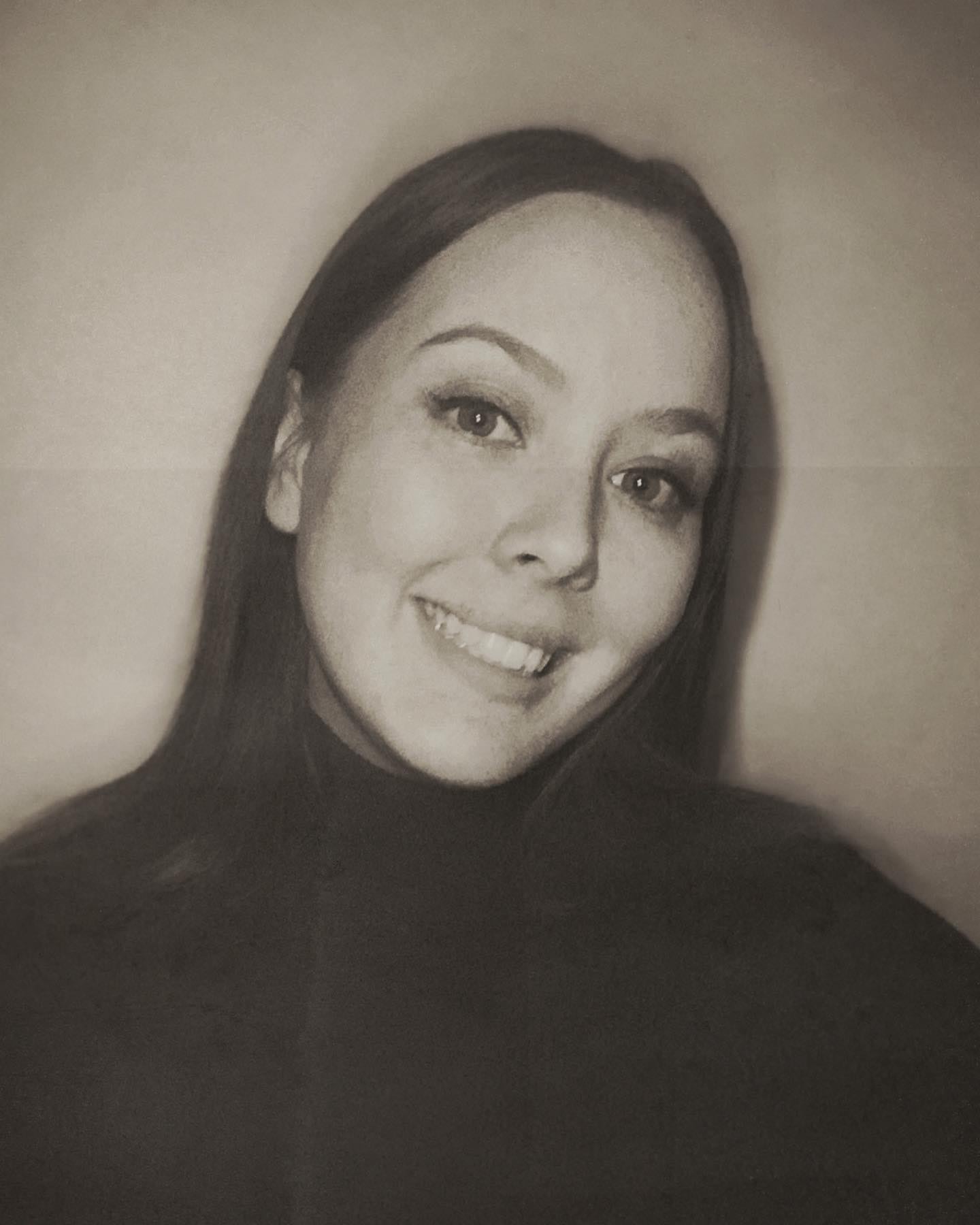Powered by MOMENTUM MEDIA
2019 was the most divided year for the High Court in 16 years, with dissent rates more than doubling and unanimous judgements hitting its lowest percentage in seven years.

Under Chief Justice Susan Kiefel, the percentage of matters decided unanimously was at its lowest since 2012 and “dramatically lower” than in the two preceding years. The number of matters featuring dissent more than doubled from 15.25 per cent from 2018 and was slightly higher again than the 31.37 per cent recorded in 2017.
While no High Court Justice dissented from the court’s orders in a constitutional case, half the cases featured minority opinions in 2019. No constitutional matter was decided unanimously and only eight matters met the description of a “close call” – which is the cases decided over a minority of more than one justice.
In 2019, the bench sat most often with all seven justices, with 61.36 per cent of matters decided by all members of the court in an “unprecedented move”.
“This is unprecedented in history of these annual surveys which have routinely shown that a greater number of matters are decided each year by a bench comprised of five members,” said Professor Lynch. “The dominance of cases decided through separate concurring opinions is further revealed… with most matters decided this way.”
All 12 constitutional cases were decided by all seven justices. Three constitutional matters had no fewer than five separate opinions.
All members of the court dissented at least once in 2019. The courts youngest member Justice James Edelman delivered a highest proportion of individual dissent rates in a single year since 2012, with eight of his 39 judgements in the minority.
Kiefel CJ, Justice Virginia Bell and Justice Patrick Keane were the three who dissented the least, but all did so in joint judgements rather than alone.
The incidence of joining in constitutional matters “shows marked disparity across the court”. Chief Justice Kiefel, Justice Bell and Keane J joined each other in the great majority of constitutional matters while Stephen Gageler and Justice Edelman each joined only once or twice with another member of the court.
Justices Geoffrey Nettle and Michelle Gordon “occupy the middle ground”, but typically they did not join more with each other than they did with some other Justices.
“The highest incidence of joining in judgement across all cases of 2019 was that from Kiefel CJ and Keane J. They joined with each other in over 80 per cent of the matters that each decided. While in 2018 Bell J had joined with Kiefel CJ just as often as they did with Keane J, last year she did so slightly less often,” Professor Lynch said.
We're evolving — and so should your insights. Heads up — Lawyers Weekly is going premium from 1 May for just $5 a month. Stay informed without missing a beat. More information coming soon.

Naomi Neilson is a senior journalist with a focus on court reporting for Lawyers Weekly.
You can email Naomi at: